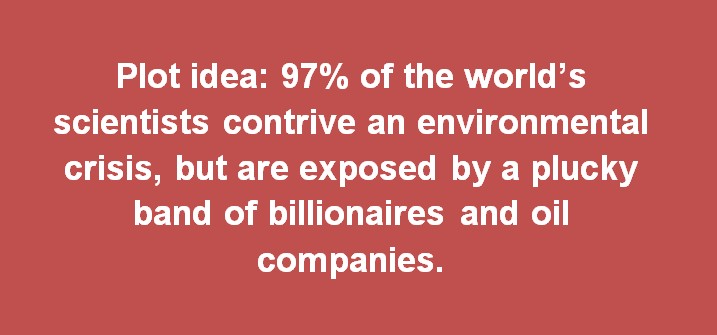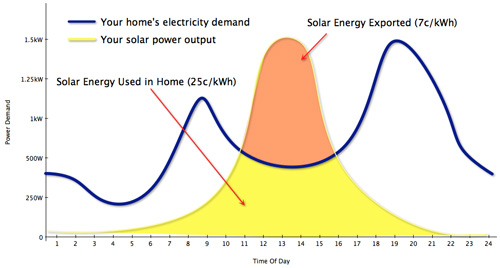Carbon emissions are global. The carbon tax was local. It therefore became an additional burdon to producing anything in Australia.
Um, your argument is a non sequiter anyway but please, as to your first premise, carbon emissions are emitted locally.









